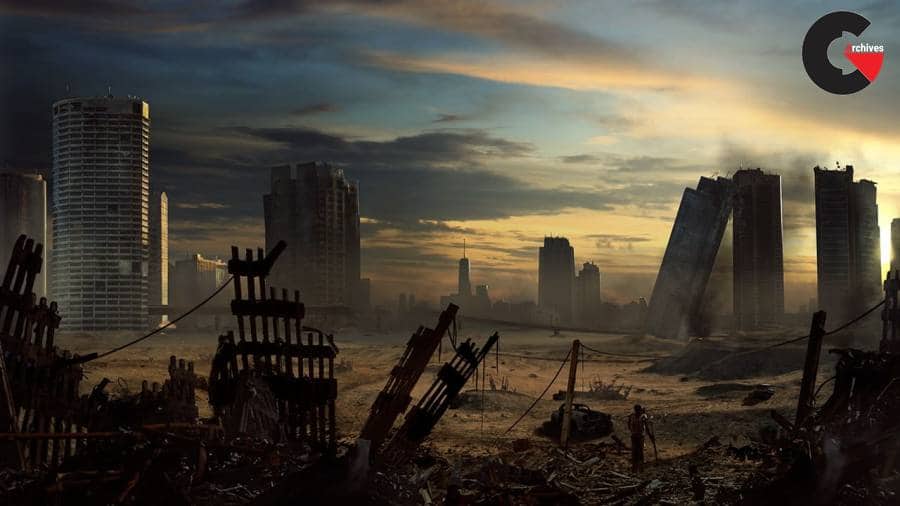
The same applies to something complex like a forest canopy, as long as the edges of the mask look believable it does not matter. The above image may look like lazy masking however the finished edge is perfectly believable. For example take a mountain with a snowy summit, I do not need to follow the outline of the mountain exactly, I can decide where I want the summit to finish. When you are cutting out certain background elements you do not always need to follow the outline perfectly. Hand painting the mask with a brush (my favourite)Ī quick masking trick I use that can help save time: Create your own edge.You will likely find that you need to learn many masking techniques, if not all of them. (If you wish).ĭue to the complexity of matte painting and the massive amount of variation in photographs. This also allows you to do a rough mask quickly and compose the scene before you commit too much time. This means your mask can be improved at any stage of the painting process. What is extremely important is that you mask objects non-destructively. The more you practice masking the quicker you will get and eventually you will be confident enough that no photo intimidates you. Masking can sometimes be a tedious time-consuming practice but it is something every matte painter must do. Masking is probably the most important skill to practice if you want to improve your matte paintings. I use photoshop but these concepts are not software specific. To break matte painting down into a quick few tips is impossible but hopefully these matte painting skills will provide a good foundation. That being said, every matte painting is built on a foundation of fundamental skills and techniques that any beginner can develop. A good matte painting will use a wide range of designing skills and every matte painter has their own style and approach.

Matte Paintings can look incredible and as such they can be incredibly complex and intimidating for a beginner.


 0 kommentar(er)
0 kommentar(er)
